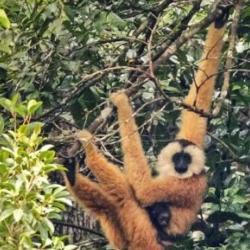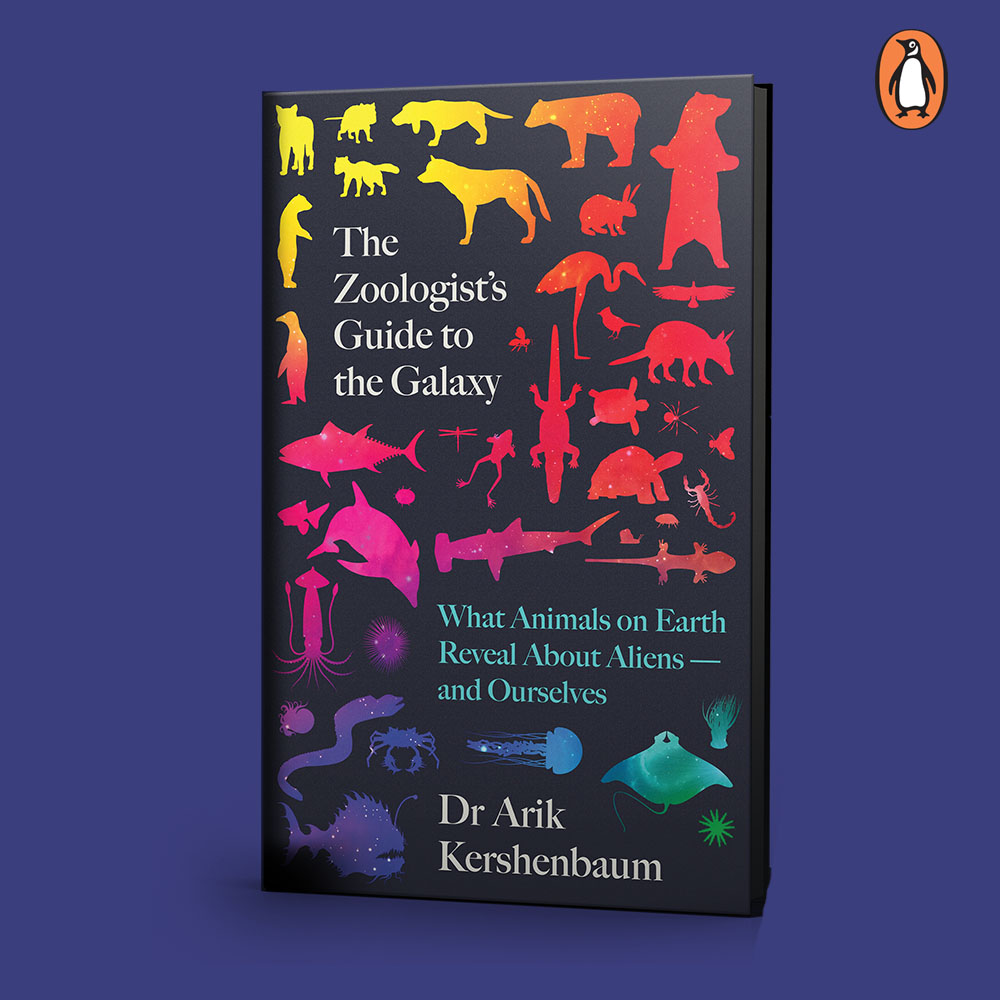Biography
BA (Hons), MA. University of Cambridge, Natural Sciences
PhD in Evolutionary Biology and Ecology, University of Haifa, Israel
Sc.D (Higher doctorate), University of Cambridge
2017-present College Associate Professor, College Tutor, and Director of Studies, Girton College, University of Cambridge
2014-2017 Herchel Smith Research Fellow in Zoology, University of Cambridge
2012-2014 Postdoctoral Fellow at the National Institute for Mathematical and Biological Synthesis, Knoxville, TN, USA
Research
- Animal vocal communication and evolution of language
- Passive acoustic monitoring of large carnivores
- Conservation technology and bioacoustics
- Xenolinguistics and the Search for Extraterrestrial Intelligence
- Evolutionary ecology and cooperation
- Behavioural ecology
- Mathematical ecology
For more information on our bioacoustic conservation technology, visit my research group website: https://www.bioacousticsresearchgroup.org/
|
Wolves & other canids
|
Human-tiger conflict | Gibbons | Dolphins & cetaceans |
|---|---|---|---|
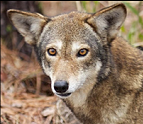 |
 |
||
|
I study the vocal behaviour of wolves the United States, as well as Europe and the Middle East. I am particularly interested in the use of different vocalisations in different behavioural contexts, like territorial interactions, and cohesion calls between distant individuals. This information can help us design conservation and management strategies that prevent conflict between wildlife and humans. |
Tiger populations in Nepal have been growing as part of a conservation success story. But more tigers means more conflict with humans. We have deployed an acoustic monitoring system that can warn villagers of tiger danger by listening for and automatically detecting the alarm calls of spotted deer. | We use the acoustics technology that we have developed to monitor and track the habitat use of the critically endangered Cao Vit gibbon in Vietnam, of which only 70 animals remain in the world. By triangulating their calls, we can assess movement and inter-group interaction, which are critical conservation goals for this unique primate. | Understanding dolphin communication is particularly difficult because they are hard to follow in the wild, and their behaviour in captivity is highly restricted. In Eilat, Israel, I study a pod of free-ranging dolphins that are habituated to human presence, and so give us the opportunity to examine the link between vocal and social behaviour. The way that dolphins encode information into sound is more complex and more unusual than we previously thought. |
| Hyraxes | Birds | Aliens... |
|---|---|---|
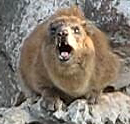 |
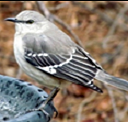 |
Publications
Kershenbaum, A., Blumstein, D. T., Roch, M. A., Akçay, Ç., Backus, G., Bee, M. A., ... & Zamora‐Gutierrez, V. (2016). Acoustic sequences in non‐human animals: a tutorial review and prospectus. Biological Reviews, 91(1), 13-52.
Kershenbaum, A., Bowles, A. E., Freeberg, T. M., Jin, D. Z., Lameira, A. R., & Bohn, K. (2014). Animal vocal sequences: not the Markov chains we thought they were. Proceedings of the Royal Society B: Biological Sciences, 281(1792), 20141370.
Kershenbaum, A., Sayigh, L. S., & Janik, V. M. (2013). The encoding of individual identity in dolphin signature whistles: How much information is needed?. PloS one, 8(10), e77671.
Kershenbaum, A., Ilany, A., Blaustein, L., & Geffen, E. (2012). Syntactic structure and geographical dialects in the songs of male rock hyraxes. Proceedings of the Royal Society B: Biological Sciences, 279(1740), 2974-2981.
Kershenbaum, A., Root-Gutteridge, H., Habib, B., Koler-Matznick, J., Mitchell, B., Palacios, V., & Waller, S. (2016). Disentangling canid howls across multiple species and subspecies: structure in a complex communication channel. Behavioural Processes, 124, 149-157.
Kershenbaum, A. (2014). Entropy rate as a measure of animal vocal complexity. Bioacoustics, 23(3), 195-208.
Kershenbaum, A., Demartsev, V., Gammon, D. E., Geffen, E., Gustison, M. L., Ilany, A., & Lameira, A. R. (2021). Shannon entropy as a robust estimator of Zipf's Law in animal vocal communication repertoires. Methods in Ecology and Evolution, 12(3), 553-564.
Kershenbaum, A., Owens, J. L., & Waller, S. (2019). Tracking cryptic animals using acoustic multilateration: A system for long-range wolf detection. The Journal of the Acoustical Society of America, 145(3), 1619-1628.
The Zoologist's Guide to the Galaxy, Viking-Penguin, 2020 https://www.penguin.co.uk/books/314542/the-zoologists-guide-to-the-galaxy-by-kershenbaum-arik/9780241986844
Why Animals Talk, Viking-Penguin, 2024 https://www.penguin.co.uk/books/446996/why-animals-talk-by-kershenbaum-arik/9780241995297
More peer-reviewed publications
Teaching and Supervisions
Dr Victoria Pham, PhD, University of Cambridge (2024)



